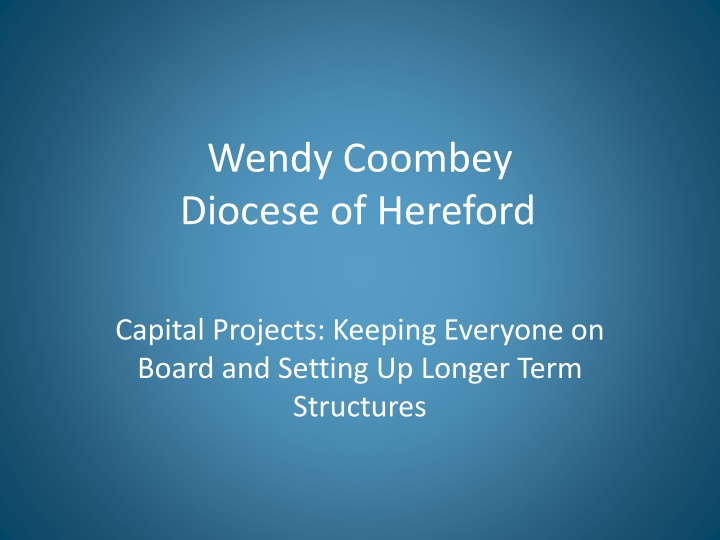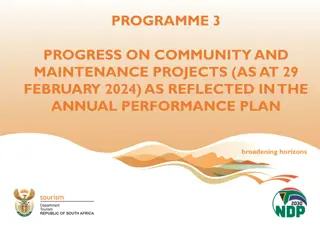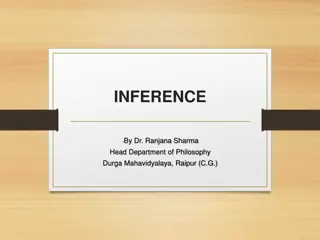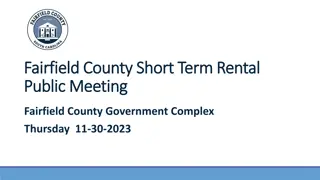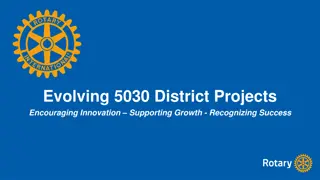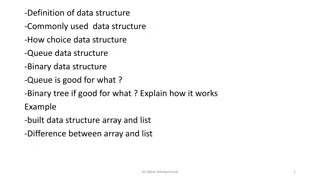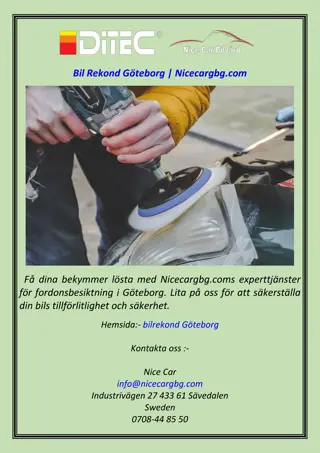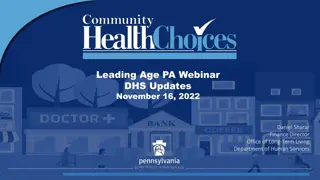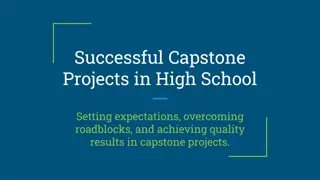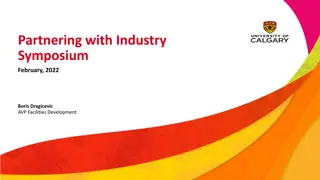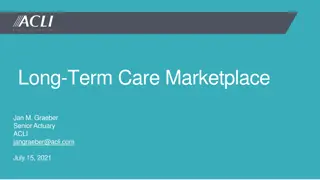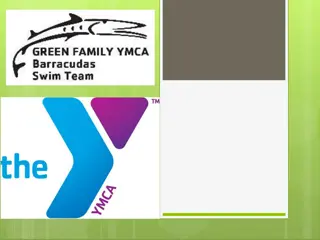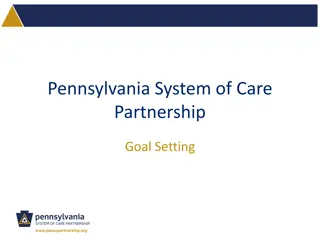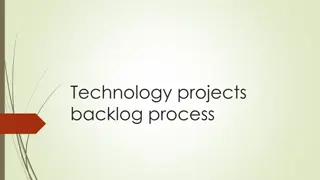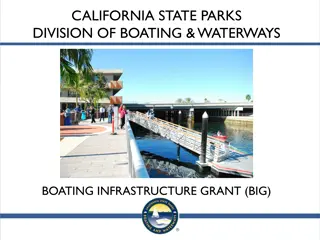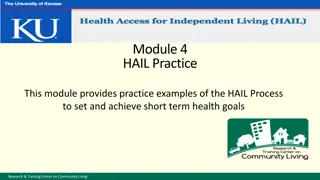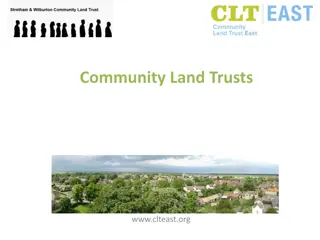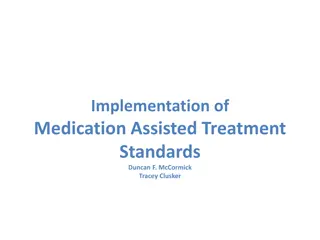Setting Up Longer-Term Structures for Community Projects
Involving the community in capital projects is key to sustainability. It's vital to establish strong structures, partnerships, and funding sources for long-term success. Tips include basing projects on proven needs, forming effective working groups, ensuring clear communication, finding diverse skills, and writing thorough briefs and business plans. These strategies help avoid pitfalls and ensure project viability over time.
Download Presentation

Please find below an Image/Link to download the presentation.
The content on the website is provided AS IS for your information and personal use only. It may not be sold, licensed, or shared on other websites without obtaining consent from the author.If you encounter any issues during the download, it is possible that the publisher has removed the file from their server.
You are allowed to download the files provided on this website for personal or commercial use, subject to the condition that they are used lawfully. All files are the property of their respective owners.
The content on the website is provided AS IS for your information and personal use only. It may not be sold, licensed, or shared on other websites without obtaining consent from the author.
E N D
Presentation Transcript
Wendy Coombey Diocese of Hereford Capital Projects: Keeping Everyone on Board and Setting Up Longer Term Structures
Community Partnership and Funding Community working with the wider community. Partnership working with other organisations at all levels, local, regional and national. Funding sourcing the funding for activities.
Not just about the Build!! Sustainability is about the long term future of a project it s about structures for the future. It s about project development and management in the long term. It can make or break a project if you get it wrong. So, based on our experience and the experience of others these are my top 10 tips.
Tip 1: Evidence of Need Base your project on a proven need. Carry out consultation with the whole community. Talk to Stakeholders at al levels that can be useful to your project. Interrogate the Statistics LA, Church House, web sites. Use existing research CLP s, Local Strategies.
Tip 2: Set up a working group. Involve as many people as you can that can usefully contribute to the project. Set terms of reference so the responsibilities are clear. Make sure there are clear lines of authority and communication.
Tip 3: Ensure there is an effective secretariat Accurate minutes. Clearly defined actions, that are followed up. Regular cycle of meetings keep things moving. .
Tip 4: Find the right skills Don t use the usual suspects. Carry out a skills audit. Cast the net as widely as possible.
Tip 5: Write a good architects brief. Take your time. Base the brief on what your consultation has told you. Check it with your consultees and check it again. Check it out with an objective 3rdparty.
Tip 6: Write a business plan Think about money!! It s what the funders will want to see. Great for focussing the mind on project development. Covers most elements you need to think about.
Tip 7: Legalities What are the legal requirements of your project? What do the funders want to see? Is a lease or license necessary? Take legal advice this may have a cost but it s better to pay now than later when you are in a legal dispute.
Tip 8: Communication Keep talking !! Use all the means available. Twitter, face book and other social media can be a way of engaging with young people. Use local web sites, local media and newspapers and radio. Use your Diocesan Communications officer.
Tip 9: Governance What is the right structure? Agree the structure and lines of communication and levels of authority. These need to be articulated. Make sure everyone involved knows who retains overall responsibility? Do things need to change as the project develops?
Tip 10: Learn from others Go and visit other projects. Talk to your local VCS support service. Use existing resources and case studies.
Crossing the Threshold Community Development Approach to the Use of Church Buildings. www.hereford.anglican.org
